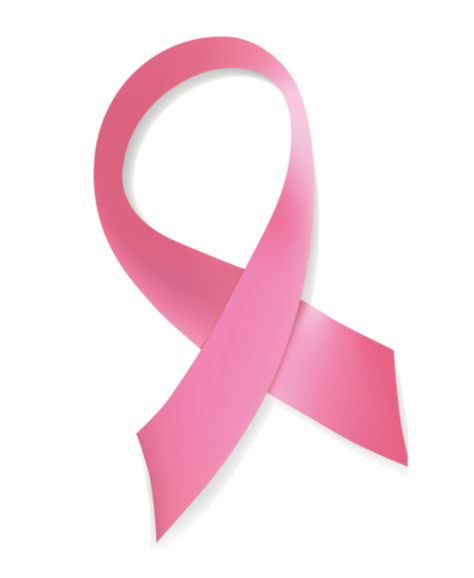Study Highlights Impact of Breast Density on Breast Cancer Risk
 In conjunction with Breast Cancer Awareness Month, Bayer released new survey results that uncover gaps in knowledge among women with dense breasts, pointing to a greater need for education on this important women’s health topic. Breast density is one of several risk factors for breast cancer, alongside a woman’s genetic profile and family history.
In conjunction with Breast Cancer Awareness Month, Bayer released new survey results that uncover gaps in knowledge among women with dense breasts, pointing to a greater need for education on this important women’s health topic. Breast density is one of several risk factors for breast cancer, alongside a woman’s genetic profile and family history.
This survey was conducted among a sample of 500 US women ages 35 and older who report having dense breasts. Survey findings show that nearly one in three women (30%) don’t feel informed about how their breast density impacts their breast cancer risk and long-term breast cancer screening needs. When told about their breast density, one in four women say they were “worried” (24%) and “unsure of what to do next” (26%). And 57% of women say they did not receive any resources when they were told about their breast density.
“While dense breasts are common, it is important for women to understand the risks associated with dense breasts so they can have an informed discussion with their healthcare provider and determine an appropriate breast screening plan,” said Dr. Pamela Habib, Head of US Medical Affairs for Bayer Radiology. “Mammograms miss up to 40% of cancers in women with dense breasts. Because diagnosing breast cancer early is one of the most important strategies to saving patients’ lives, we want to encourage women with dense breasts to educate themselves and talk to their healthcare providers about supplemental imaging, such as a breast MRI, that can be more effective in identifying cancers early.”
Additional survey results from Bayer include:
- More than a third of women were told that no action is necessary until their next annual exam (36%), while about a quarter were told they should seek additional screening (26%).
- 53% of women with dense breasts say they were notified of their breast density during a face-to-face conversation with a healthcare provider, while approximately one in four (24%) say they were notified by a letter from a source other than their healthcare provider’s office, such as a radiology facility.
Citation
Study Highlights Impact of Breast Density on Breast Cancer Risk. Appl Radiol.
October 28, 2021